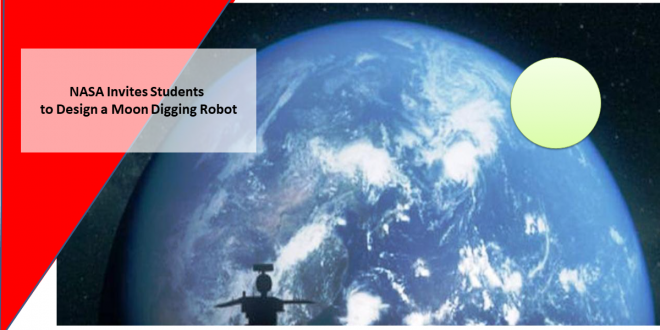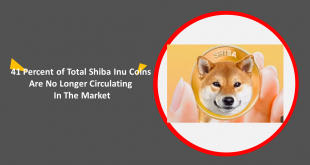The United States Aeronautics and Space Administration (NASA) does not only involve adults or professionals in its mission to the moon.
NASA recently held the Lunabotics Junior competition, which invited K-12 (elementary to high school) students in the United States to design (but build) a Moon-digging robot.
While dealing with soil (adhesiveness) challenges, they needed to imagine a compact 3.5 x 2 x 2 feet (106.68 x 60.96 x 60.96 cm) robot that could dig up and move the lunar regolith.
It has been reported by Engadget Monday (10/25/2021) that students participating in this competition submit a picture of the robot and a summary of how it works by January 25, 2022.
Two winners in the K-5 and 6-12 categories each had the opportunity to take a virtual class with Kennedy Space Center Director Janet Petro.
Meanwhile, the four finalists in each group had the opportunity to attend a virtual session with NASA experts.
Next, 10 semi-finalists will receive an unspecified prize package. NASA will announce the semi-finalists on March 8, the finalists on March 22, and the winners on March 29, 2022.
NASA Launches Lucy Spacecraft to Study Trojan Asteroids
Previously, NASA had successfully launched the Lucy space probe from Cape Canaveral, Florida, on Saturday, October 16, 2021, local time.
Space probe Lucy will carry out its 12-year mission to study asteroids near Trojan Jupiter. This is excerpted from The Verge Sunday (17/10/2021).
In addition, the space probe Lucy is an unmanned spacecraft launched with the United Launch Alliance Atlas V rocket. Lucy sends its first signal to Earth from its antenna to NASA’s Deep Space Network.
Scientists believe that Trojan asteroids orbiting the Sun on the same path as Jupiter may have clues about the formation of the solar system. Lucy was NASA’s first single spacecraft mission to discover many different asteroids.
The name Lucy comes from a human fossil skeleton found in Ethiopia in 1974. Lucy’s fossil skeleton provides important information about human evolution.
Lucy’s name is taken from the Beatles song ‘Lucy in the Sky With Diamonds’ played at the fossil discovery site.
NASA said the Lucy space probe will provide information about the evolution of the solar system and planets, such as how Lucy’s fossils provide insight into human evolution.
Leverage Earth’s Gravity to Reach the Trojan Asteroid
Space probe Lucy is in a complex orbit that will include three gravity-assisted return trips to Earth.
First, Lucy orbits the Sun and then returns to Earth the next year to gain a gravity boost.
When Lucy returns to Earth for a gravity boost in 2024, this will accelerate and steer the plane’s trajectory beyond the Martian orbit.
This moment will help propel Lucy towards the asteroid Donaldjohanson in 2025. Lucy will then head towards the asteroid Troy and is expected to arrive in 2027.
Coming to Troy in 2033
Finally, after four targeted flights, Lucy will return to Earth in 2031 for a third gravity boost that pushes her towards Troy and arrive around 2033.
Lucy has been conceived since 2014. “We started working on the concept of the Lucy mission in early 2014, so this launch has been around for a long time,” said Hal Levison, principal investigator at Lucy’s Southwest Research Institute (SwRI). Declaration.
Levison said it would take several years for Lucy to reach the first Trojan asteroid.
“But these objects are well worth the wait because of their enormous scientific value. They’re like diamonds in the sky,” he said.



